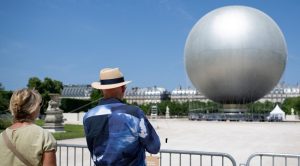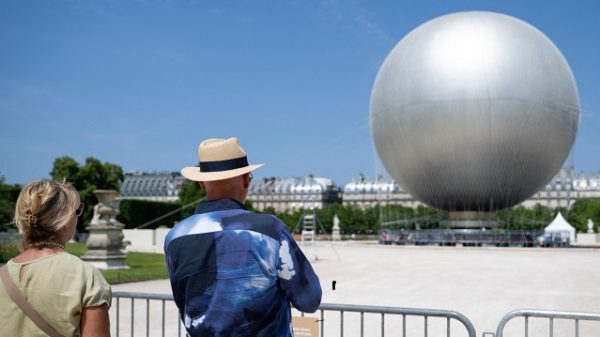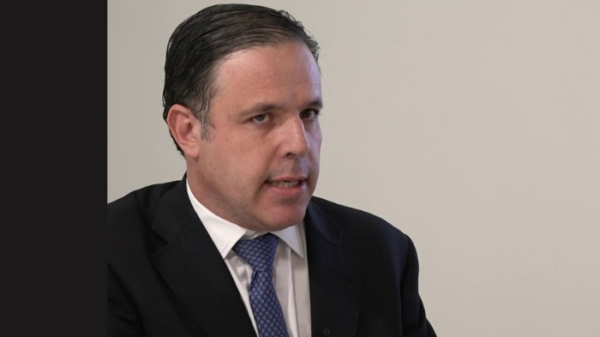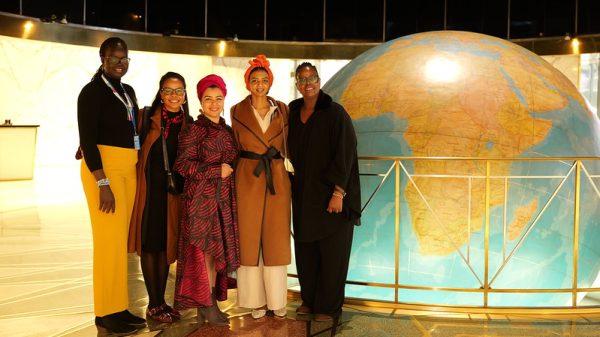Paris is set to witness the return of an iconic symbol from the 2024 Olympic Games — the Olympic balloon cauldron — which will light up the skies again starting Saturday, June 21. The much-loved floating cauldron, designed by French artist Mathieu Lehanneur, will soar again during France’s Fête de la Musique, the country’s annual street music festival.
The spectacle was originally introduced during the 2024 Olympics, where it became a crowd magnet, drawing thousands of spectators to the Tuileries Garden each evening as it floated overhead with its signature seven-metre-wide ring of electric fire.
Lehanneur, who created the original balloon, expressed excitement about its revival.
“The worst thing would have been for this memory to become a sitting relic that couldn’t fly anymore,” he told AFP.
“I’m very moved that the Olympic balloon is making a comeback.”
The resurrection of the Olympic cauldron was made possible after President Emmanuel Macron requested its return, prompting engineers to rework its technical components to extend its lifespan.
“For its revival, we needed to make sure it changed as little as possible and that everything that did change was not visible,” Lehanneur added.
According to Julien Villeret, Director of Innovation at French energy firm EDF, which helped power the cauldron, the new version operates on a patented decarbonated fire system, retaining the original visual experience while being more environmentally friendly.
“The improved attraction will last ten times longer, now capable of functioning for 300 days instead of just 30,” Villeret noted.
The cauldron will rise every evening from June 21 until September 14, marking a seasonal tradition set to continue annually until the 2028 Los Angeles Olympics.
Jerome Giacomoni, President of Aerophile, the group that engineered the cauldron’s flight system, explained how the balloon works.
“Filled with 6,200 cubic meters of helium that is lighter than air, it can lift about three tonnes of equipment, including the cauldron and its supporting mechanisms,” he said.
The system is equipped with a hydro-electric winch, compressor, and cables to control its ascent and descent safely, ensuring it remains anchored in unpredictable weather.
A reinforced light-and-mist system has also been added to make the flames appear to dance more vividly in the night sky, enhancing the magical effect for spectators.
Interestingly, the balloon’s current location in the Tuileries Garden carries historic weight. The site is where Jacques Charles, one of France’s pioneering inventors, launched his first gas balloon flight in 1783, just days after the Montgolfier brothers made their own airborne debut in Paris.
For daily updates on flight times and weather-related cancellations, visitors can check [vasqueparis2024.fr](https://vasqueparis2024.fr), the official website for the cauldron’s operations.
The Olympic balloon, once a fleeting marvel, has now been firmly anchored as a part of Paris’s cultural and historical skyline — flying not just as a symbol of sport, but of enduring French innovation and artistry.















































































































